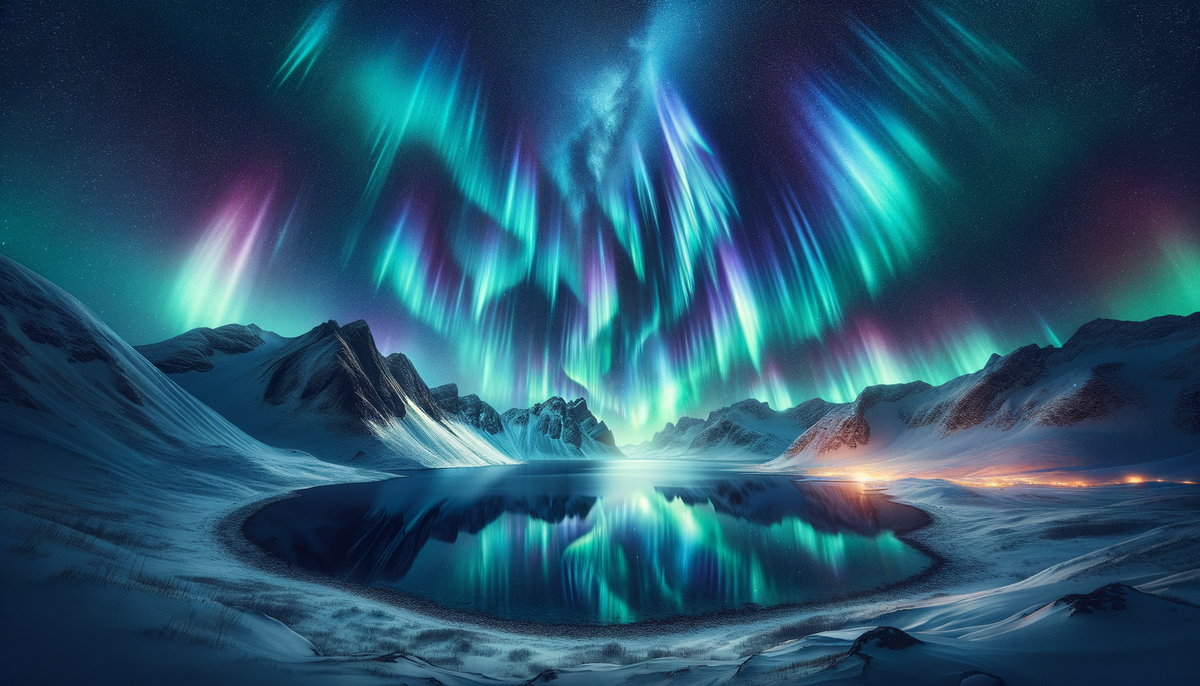Aurora Borealis Forecast for 2025: A Spectacular Year Ahead
The aurora borealis is expected to glow with intensity in 2025 due to heightened solar activity, offering one of the best viewing opportunities in recent times.

Aurora Borealis Forecast for 2025: A Spectacular Year Ahead
The aurora borealis, commonly known as the northern lights, is forecast to dazzle the skies in 2025 as the solar cycle reaches its peak, known as the solar maximum. This period of heightened solar activity, according to experts such as those from NOAA and NASA, will boost auroral displays, making them more vibrant and more visible in regions farther south than usual. If you've been waiting to witness this breathtaking phenomenon, 2025 might just be your year.
Why 2025 Is a Peak Year
In 2025, the aurora borealis will be at a peak due to the solar maximum, a period forecasted to occur around July 2025. During this time, sunspot numbers surge, leading to frequent solar flares and coronal mass ejections (CMEs) which energize the auroras. The increased solar activity is expected to yield vibrant displays, potentially viewable at remarkably southern latitudes.
Recent patterns of heightened auroral activity, particularly from late 2024 and continuing into 2025, align with this forecast. This phenomenon isn’t fleeting; it's anticipated to continue for several months around the solar maximum, allowing ample opportunities for sightings. [1]
Best Times to See the Aurora Borealis
For optimal aurora viewing in 2025, plan your observations between late September and March. This period coincides with the darker months in northern latitudes, providing extended hours of nighttime darkness to improve sighting chances. December through February are particularly promising due to typically clearer skies.
The lunar cycle plays a critical role in visibility. Aim to schedule your observation efforts around the new or crescent moon phases to avoid the bright interference of a full moon. [2]
Where to View the Northern Lights in 2025
| Region | Notable Locations |
|---|---|
| Scandinavia | Sweden, Norway, Finland, Iceland |
| North America | Alaska, Northern Canada |
| Eurasia | Russia, Northern Scotland |
| Extended Visibility | Lower latitudes possible during strong storms |
The auroral oval traditionally covers the Arctic Circle. However, during intense solar events, this oval expands, bringing the northern lights into view farther south than usual. [3]
Science Behind the Aurora Borealis
The aurora borealis is created when solar storms expel charged particles into space during interactions with Earth’s magnetic field. These particles then collide with gases in the Earth's atmosphere, exciting the atoms and causing them to emit light; this is what produces the luminous displays of the auroras.
Colors seen in auroras vary, largely depending on the type of gas particles and the energy levels they emit. Green, due to oxygen molecules at lower altitudes, is most common, while rarer colors like red, purple, and blue are also sometimes visible.
Real-Time Aurora Forecasts and Tools
- NOAA Aurora Dashboard: Provides real-time predictions for aurora visibility, offering forecasts for tonight and tomorrow. [4]
- Astronomical Calendars: Utilize these tools to synchronize aurora forecasts with moon phases, enhancing your chances of a successful sighting.
- Tour Guide Insights: Experts recommend aligning your travel arrangements with 2025, as it offers the most promising displays due to intense solar activity. [5]
“If seeing the aurora borealis is on your bucket list, turn your attention skyward: experts say 2025 is set to be a great year for spotting the elusive light show.” [6]
Summary
The year 2025 promises to be an exceptional period for viewing the aurora borealis. Thanks to the solar maximum, aurora enthusiasts can expect some of the most dynamic displays seen in recent years. Autumn through early spring presents the best opportunity to witness these natural wonders, particularly in renowned northern locations.
Those planning trips to see the northern lights should use real-time aurora forecasts and heed moon cycle guides to ensure optimal viewing conditions. As always, plan well ahead and consult with aurora experts to have the most rewarding experience possible.
Call to Action: Don’t miss the opportunity to catch the aurora borealis during this peak year. Stay informed, check forecasts regularly, and prepare for a breathtaking adventure that is best experienced in the renowned viewing locales of the north.




